
Organic rapeseed oil is obtained from the seeds of rapeseed (Brassica napus L.) and has a particularly balanced ratio of omega-3 and omega-6 fatty acids.
Before processing, the rapeseed is cleaned and crushed and then pressed. The cold-pressed organic rapeseed oil is obtained without heat input by means of screw pressing and filtration. It has a typical nutty taste and a yellow colour. The refined organic rapeseed oil, on the other hand, has a neutral taste and a light yellow colour and can be heated to high temperatures. The seed is heated before pressing so that the seeds can be pressed out better and a higher yield is obtained. The oil obtained in this way is then physically refined, i.e. degummed, bleached and deodorised.




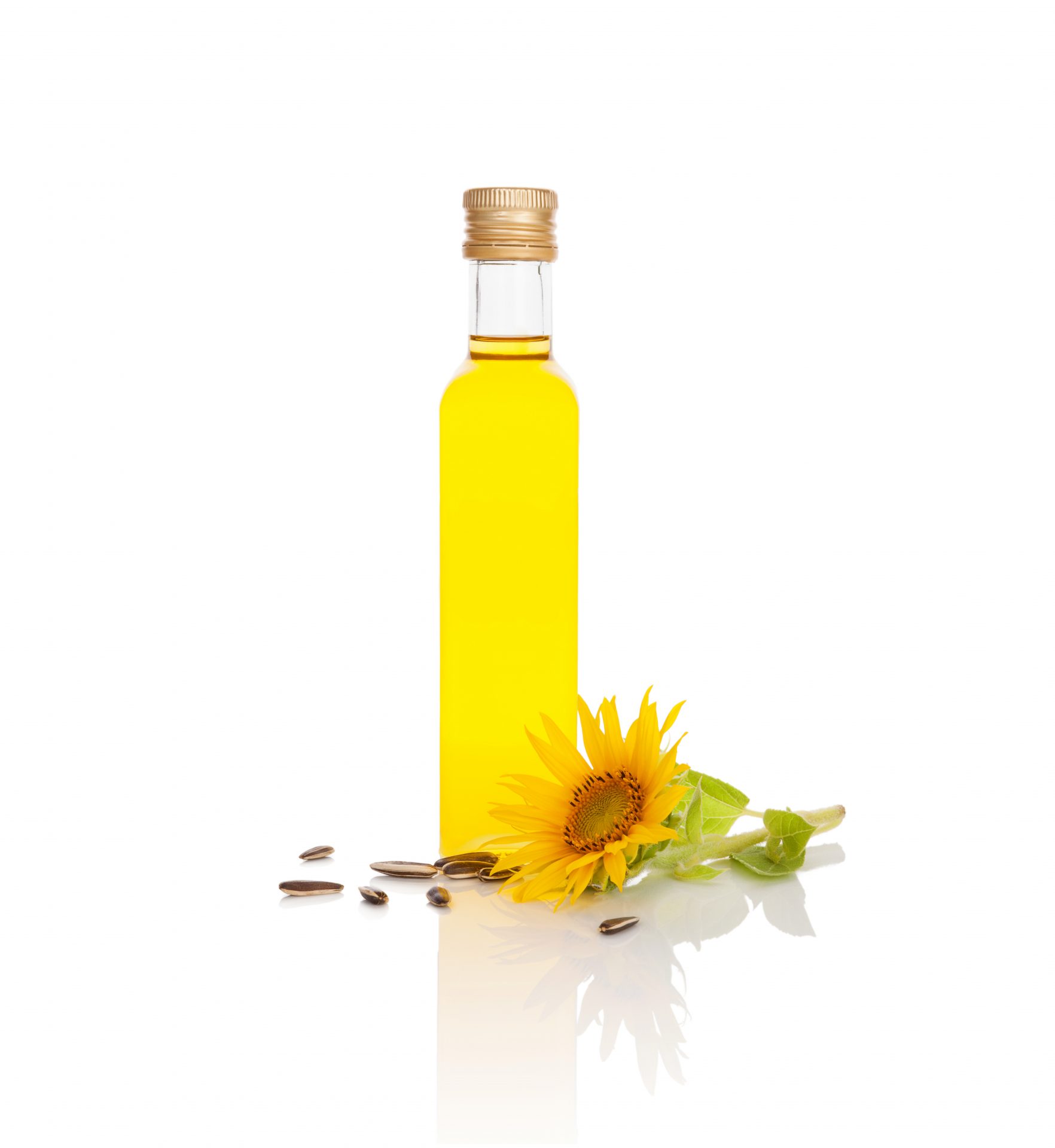
Organic sunflower oil is obtained from the seeds of the sunflower (Helianthus annuus L).
The seeds are cleaned, dried and, depending on the type of oil, peeled. The vegetable fat is then obtained by pressing the seeds. Cold pressed oil has an intense seedy taste. The refined sunflower oil is odourless and mild in taste. In addition, winterisation can be carried out to prevent the oil from becoming cloudy. Some of the turbidity substances are filtered off during this.
When it comes to sunflower seeds, seeds with different fatty acid patterns are available. Low-oleic means that the proportion of monounsaturated oleic acid is low. In contrast, high-oleic means sunflower seeds with a very high proportion of monounsaturated oleic acid.












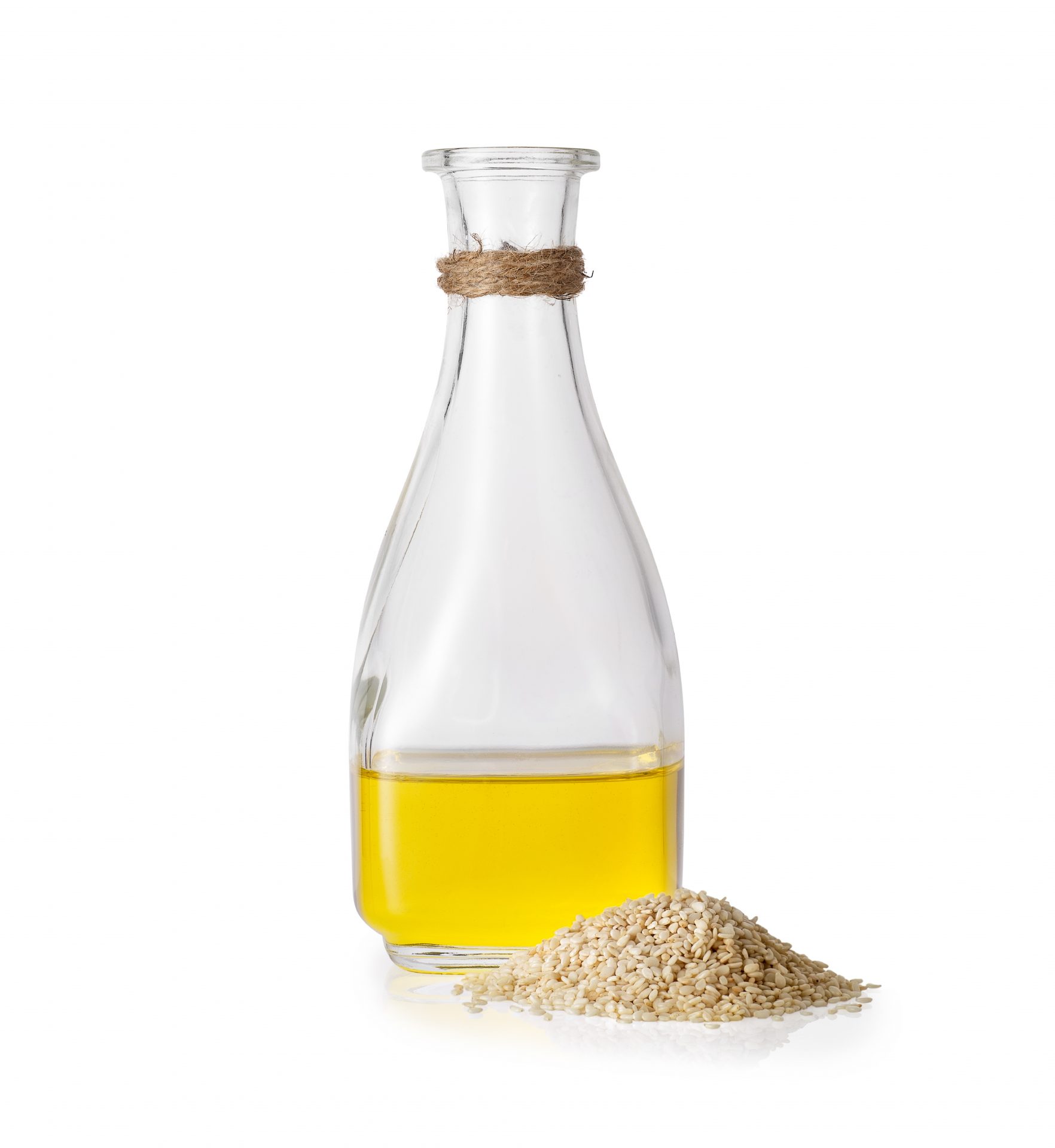
Organic sesame oil is obtained from the seeds of sesame (Sesamum indicum). The plants are cut after ripening and placed to dry. After drying, the ripe seeds are shaken out, cleaned and processed. Our cold-pressed organic sesame oil is obtained from the carefully cleaned, unroasted seeds by gentle pressing without adding heat. All valuable ingredients are preserved. The cold pressed sesame oil has a nutty taste and a light yellow colour.
The by-product is organic sesame press cake or organic sesame flour, which can be used in many ways in healthy cuisine.
The physically refined organic sesame oil is odourless and mild in taste. In addition, winterisation can be carried out to avoid turbidity in the oil. Some of the turbidity substances are filtered off during this.




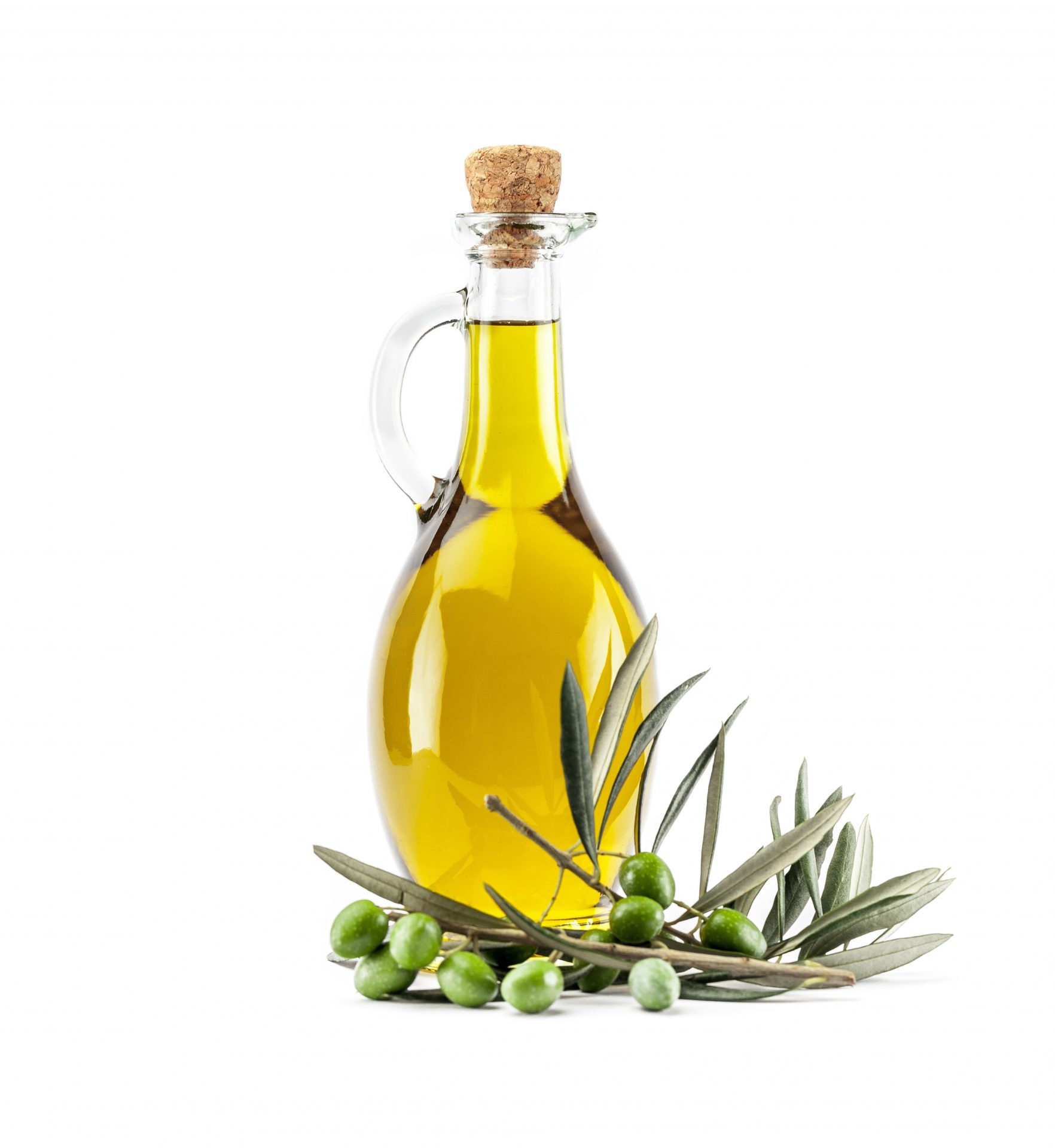
To obtain organic olive oil, the ripe olives are first cleaned with a blower after harvesting. This removes e.g. leaves and small branches. After washing, the fruits are ground in a grinder together with the kernel. The olive oil is then pressed or centrifuged to separate it from the remaining components (skin, flesh and pit), leaving the pure olive oil. The colour tones of olive oil vary from green-brownish to light yellow, depending on the substances contained in the olives and the ripeness of the olives. Olive oil impresses due to its high portion of oleic acid. The oil is mainly used in food and cosmetics.




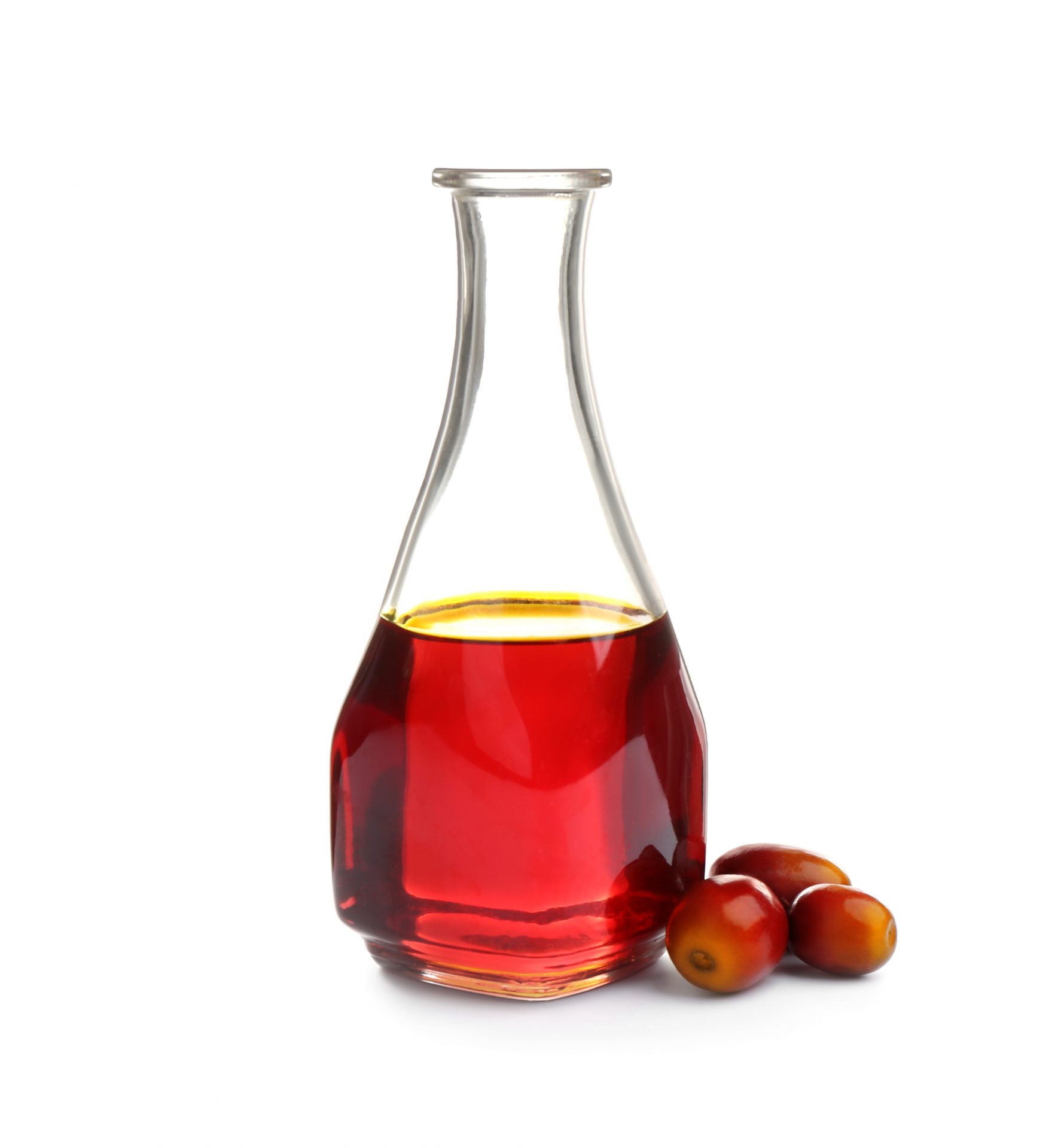
In 1993, we were the first company in the world to import organic palm fat from Brazil to Europe. Back then, 25 years ago, the quantities we ordered fitted into a few barrels. Today, the organic palm fat is transported in modern tankers directly to our warehouse in Holland, where it is further processed. Palm fat (also called palm oil) is extracted from the flesh of the oil palm (Elaeis guineensis). The fruits are steam sterilised and pressed to produce crude palm oil, CPO. Due to their high carotene content, the oil and fruit have an orange-red colour. In order to prepare it for further use in food production as well as in the manufacture of cosmetics, detergents and cleaning agents, the palm oil is physically refined to remove colorants, flavours and odours.
This pure palm oil has a neutral taste and a whitish to beige, light colour. The melting range of palm oil is between 30°C and 37°C. A great advantage of palm oil is that, thanks to its natural firmness at room temperature, chemical hardening can be dispensed with in the production of processed foods. The oil palm is three times more productive than rapeseed and requires about six times less land than soy for the same yield. Compared to other oil plants, palm oil plants are “modest” in terms of area requirements. In a small area compared to other oil plants, palm oil plants can cover a large part of the global demand for vegetable oils. Organic palm oil is, therefore, an acceptable and sustainable raw material.
The prerequisite for this is sustainable cultivation on existing and previously unused fallow land without clearing the rainforest. Deforestation of rainforests is an absolute taboo and cannot be justified under any circumstances. Care Naturkost has been importing palm oil from South America for 25 years and supplies to a large proportion of the German organic palm oil processors.








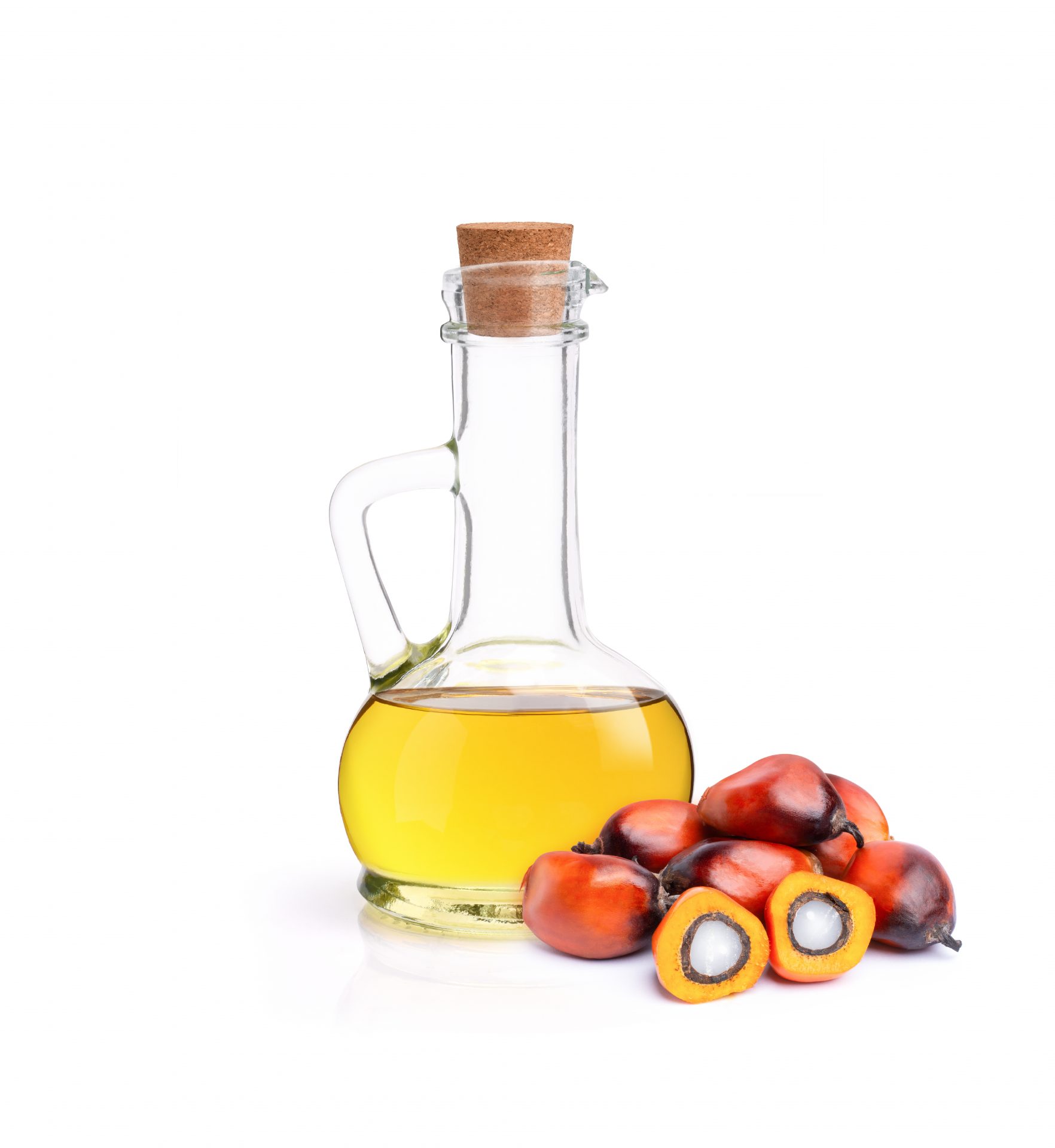

Organic coconut oil, also called coconut fat, is extracted from the meat of the coconut (fruit of the coconut palm Cócos nucífera L.) and is a white fat that is solid at room temperature and becomes liquid and clear at higher temperatures. Coconut oil melts at a temperature of 24°C to 26°C and is very heat resistant. There are two very different production processes for coconut oil.
VCO: The oil known as VCO (virgin coconut oil) is a coconut oil obtained exclusively from the white flesh of the coconut. The pulp is grated and dried to obtain the oil. It is then gently pressed by means of cold pressing to produce a clear oil that tastes and smells like coconut. The oil becomes firm at room temperature and has a shelf life of two years.
RBD: To produce RBD (physically refined, bleached and deodorised), the hard shell of the coconut is first removed. The brown “skin” remains on the flesh. Before further processing, the flesh is dried directly in the fields. After drying, the oil is extracted by means of hot pressing. The subsequent cleaning, filtration and physical refining process produces a tasteless and odourless oil that can be kept for one year. It is used, for example, in cosmetics production, the food industry and in the kitchen.







Organic shea butter is obtained from the fruits of the shea tree. The shea nuts grow grape-like on the tree, which can be up to 20 m high. The collected nuts consist of 50% fat. To obtain fat, the nuts must first be freed of their flesh. The nuts are then crushed and ground, mixed with water and kneaded into a kind of dough. This process causes the fat to settle, allowing it to be skimmed off the surface of the water. The shea butter is thus produced once it is cooled down. If it is refined, the butter is white.



